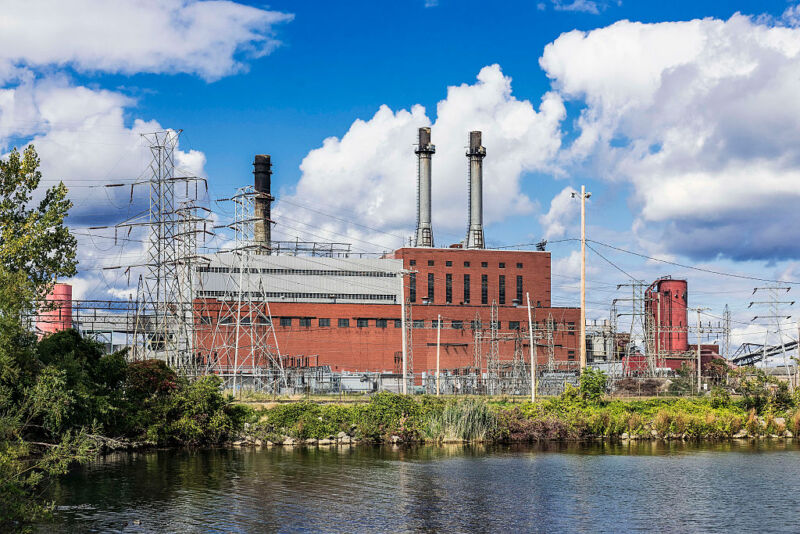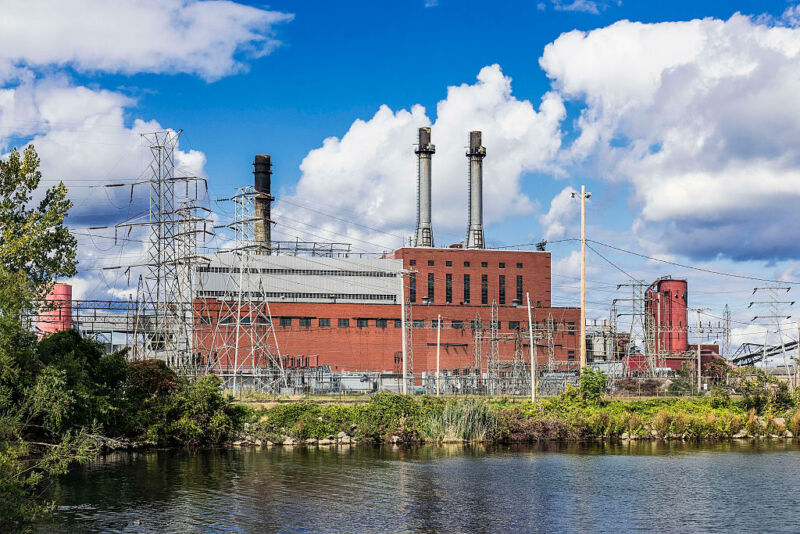
Enlarge / DUNKIRK, NEW YORK, UNITED STATES – 2016/10/09: A NRG owned coal fired energy facility that plans to convert to a natural gas facility. (credit: John Greim / Getty Images)
Today, the US Court of Appeals for the District of Columbia vacated the Trump administration’s attempt to take a minimalist approach to the regulation of carbon dioxide emissions. The ruling was a lopsided victory for the long list of groups opposing the Trump EPA’s approach, with the entire rule being vacated. Thus, the Biden administration will start unencumbered by its predecessors’ attempts to gut carbon dioxide regulations.
Here we go again
Some of the legal issues here date back to the Clinton administration, when states sued to force the EPA to regulate carbon emissions under the Clean Air Act. That issue was ultimately clarified by the Supreme Court, which, during the George W. Bush administration, ruled that carbon dioxide could be regulated as a pollutant as defined by the Clean Air Act. Early in the Obama administration, the EPA issued an endangerment finding for greenhouse gasses that provided the scientific rationale for regulations. Those regulations came in the form of the Clean Power Plan, issued during Obama’s second term.
While the Clean Power Plan completed the federal rule-making process, it was held up by lawsuits when President Obama left office. Trump issued an executive order that directed the EPA to replace the Clean Power Plan. The EPA’s eventual replacement, the Affordable Clean Energy rule (ACE), went well beyond simply ending or limiting the Clean Power Plan. Instead, ACE attempted to narrow the regulation allowed under the Clean Air Act by having states regulate each individual source of emissions, rather than regulating the state’s total emissions. As an added bonus, it also stretched out the timeline for states to bring their emissions into compliance.





